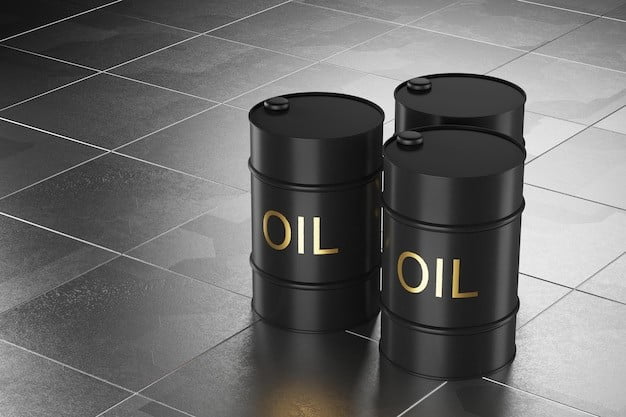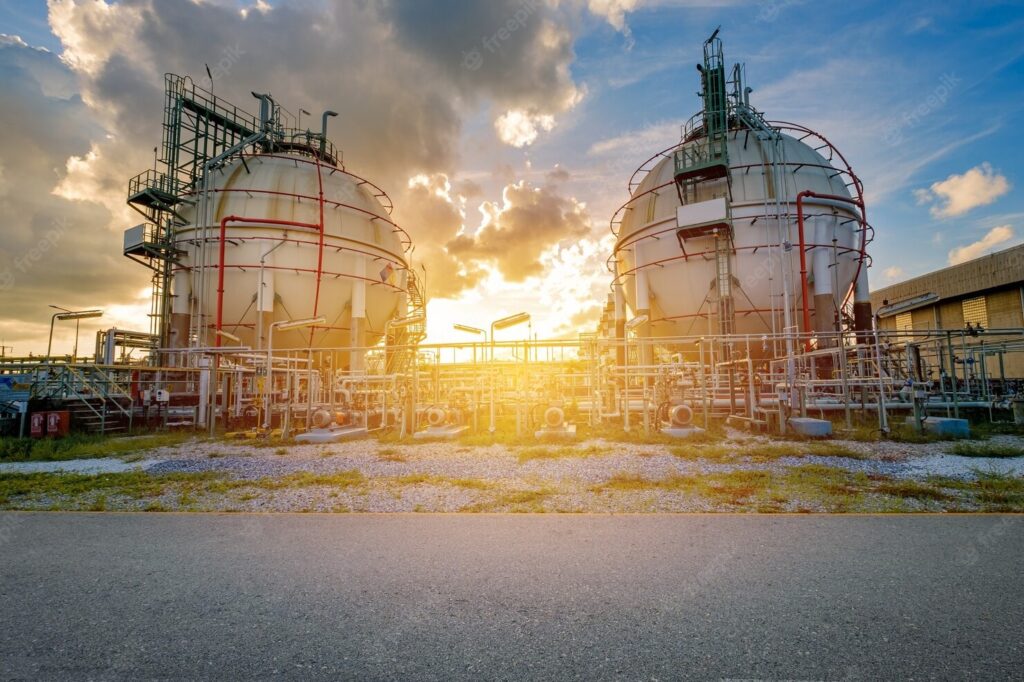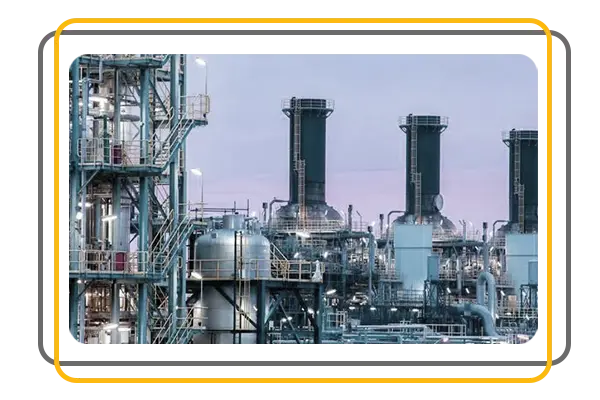heavy hydrocarbon definition is a type of organic compounds such as benzene, methane, paraffins, hydrocarbons, which are found in crude oil, natural gas, coal, etc. Hydrocarbons are divided into aliphatic and aromatic groups according to their structure. After refining, hydrocarbons are divided into two categories with the names of light and heavy. In this article, we will talk about what heavy hydrocarbon is.
What is heavy hydrocarbon definition?
Hydrocarbon is a species of organic chemical compounds composed only of carbon (C) and hydrogen (H) elements. the main components of oil and natural gas are hydrocarbons . Aromatic hydrocarbons (arenes), alkanes, alkenes, cyclocanes and alkini compounds are other types of hydrocarbons. Most hydrocarbons are produced from thermal molecular failure and distillation of crude oil. Hydrocarbons can be used as fuels and lubricants as well as raw materials for the production of plastics, fibers, rubbers, solvents, explosives and industrial chemicals. High amounts of hydrocarbon are used as fuel for combustion, especially in heating and engine fuel applications. The main components of natural gas are methane and ethane. saturated hydrocarbons enter the room temperature range using pentane . It is actually a combination of liquid hydrocarbons that extend from hexane to deconstruction. Relatively larger hydrocarbons are known as kerosene, jet fuel, diesel fuel and heating oil, as well as larger hydrocarbon molecules used as lubricating oils and grease oils. In distillation, except for this material, it is heated to 400 °C. After this, this fluid is sent into the high tower of distillation and during these interactions small and lighter molecules (with one to four carbons) come to the top of the column and heavy and slower molecules (with five to twenty carbon atoms and even more) remain at the bottom of it. It should be noted that heavy hydrocarbons, which are gasoline, oil and other oils, are the second category. Heavy hydrocarbon is one of the mid-distillation fuels of the refinery and is considered one of the most important products from the components of crude oil. The carbon chain of these hydrocarbons has more than 12 carbon atoms and their boiling point is between 150 and 380 degrees Celsius.

How are heavy hydrocarbons made?
First, raw materials of heavy hydrocarbon as intermediate distillate fuel are transported from a refinery with a boiling temperature of 150 to 400 degrees Celsius, such as non-flammable solvents or raffinate, iso-recycle HAB, etc., by tankers and are discharged into a 300 thousand liter tank. Then it is injected by the oil lines required by the production line into the tanks with the ratio of formulas calculated in the laboratory. It is completely mixed by using special pumps. At the end, quality control is performed on the production material by the loading lines and it is loaded into the transport tankers.

What are the uses of heavy hydrocarbons?
The production of heavy hydrocarbons, especially heavy paraffinic hydrocarbons such as oils or paraffins with a high molecular weight, is considered as a by-product, and due to the low octane number, hydrocarbons C10 and above cannot be used as gasoline, but due to their long Hydrocarbon chains, they are very important in the synthesis of detergents.
heavy hydrocarbons are used to generate heat in boilers and furnaces, household burners, lubricating oils, heavy fuels (ships, trucks, etc.) and are often used as alternative fuel in cases where city gas is not available (such as greenhouses). In addition, heavy hydrocarbons used as a backup fuel for peaking power plants in cases where natural gas is not available. But this type of hydrocarbons is very polluting and more expensive than natural gas fuel. There is a point about heavy hydrocarbons, which, due to the high use of this model, usually companies pay a lot of attention to where they want to use it at the time of evaluation because it may be a risk to the environment and water reserves.

What are some harms of heavy hydrocarbons?
It is caused by contact with the skin, severe irritations, dehydration and itching in the body. If swallowed, it causes irritation of the mouth, throat and abdominal irritations, nausea and vomiting. Vapors of this material reduce the efficiency of the central nerves and cause dizziness. Note that heavy hydrocarbon is flammable and can explode if combined with air.
The excessive use of these materials causes the earth to become warmer and ultimately causes the polar glaciers to melt. These fuels also emit harmful gases such as CO2 and SO2, which cause acid rain.
Overconsumption of hydrocarbons depletes their reservoirs significantly, while it takes years for new hydrocarbons to replace them. Also, these types of fuels cause the release of methane and carbon dioxide greenhouse gases, which eventually causes the hole in the ozone layer.
Diesel fuel, which is a derivative of heavy hydrocarbons, produces more air pollution such as sulfur and solid carbon particles, and this fuel produces more carbon dioxide per unit than gasoline.

Conclusion
Hydrocarbons can feature simple or complex structures. The study of heavy hydrocarbons can tell us about the chemical properties of other groups and their preparation. Because of their different molecular structures, the formula of hydrocarbons is also different from each other. Hydrocarbons mostly known usage is fuels. Other features heavy hydrocarbons are lubricating oil and grease. we have yet to explore the based materials such as coal and tar so they have rarely been used as an affordable and plentiful material for electronics and optoelectronic applications. The hydrocarbons chemical richness is unmatched but currently unused given the inability to exploit such diversity as a means to research the material properties.

